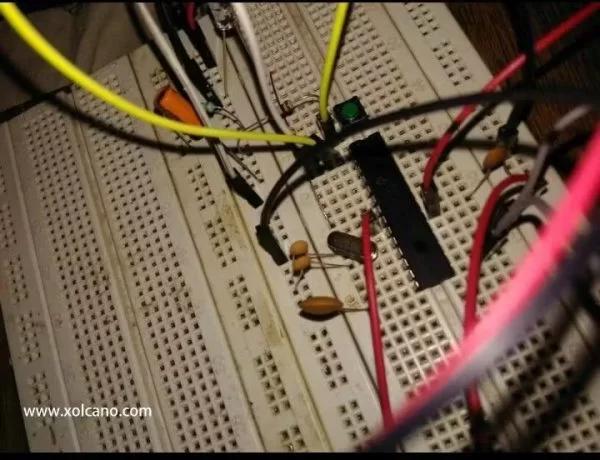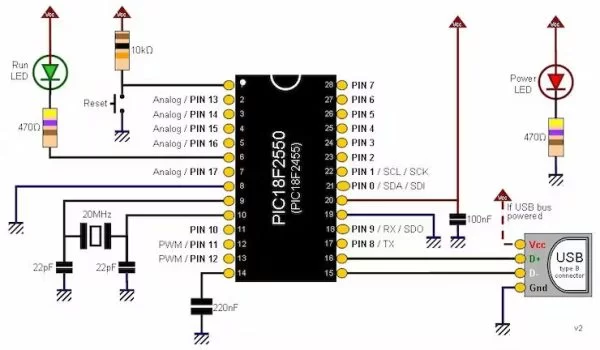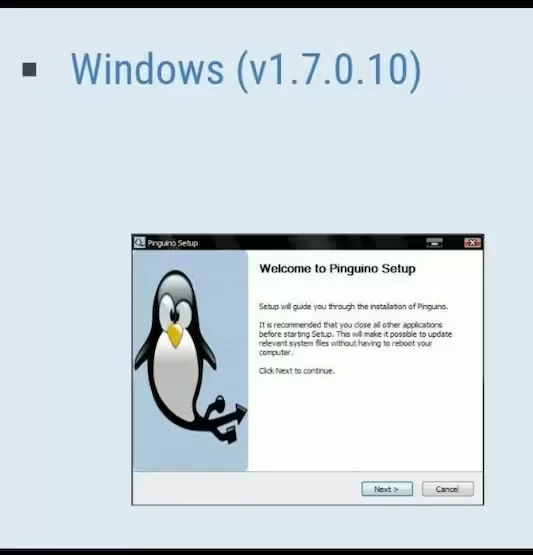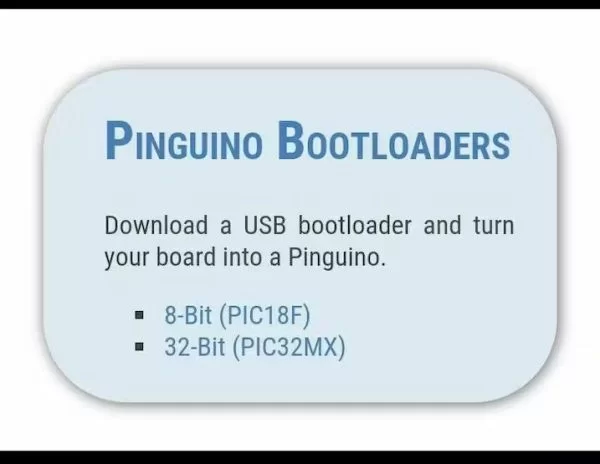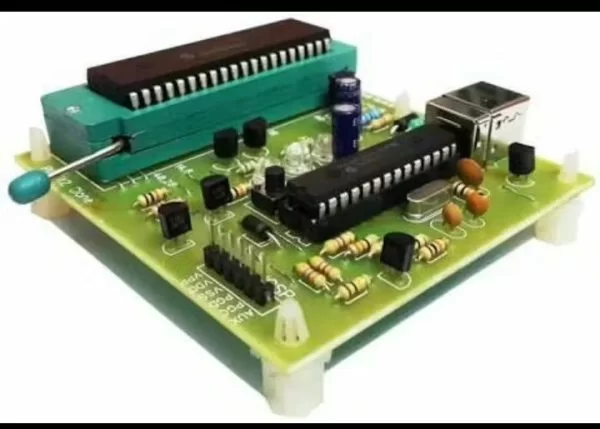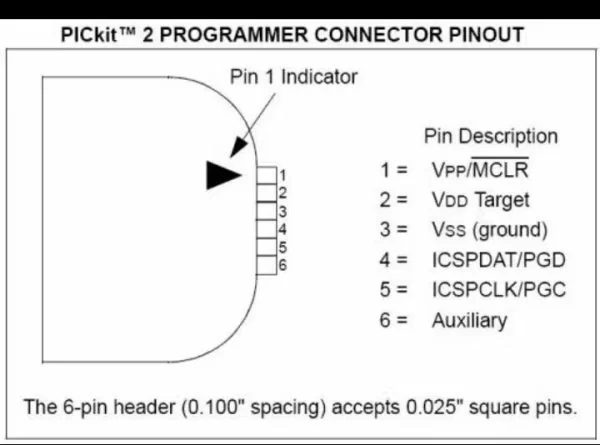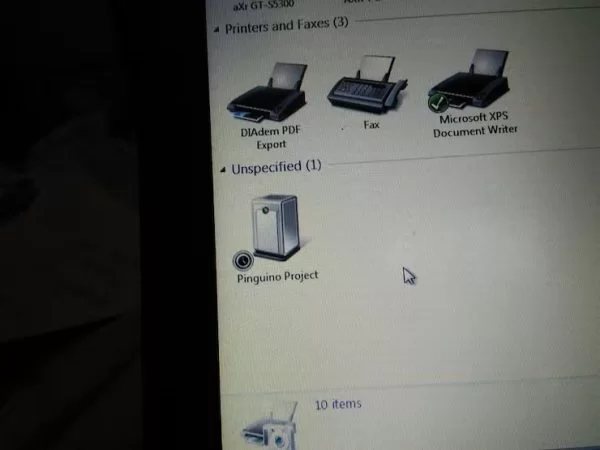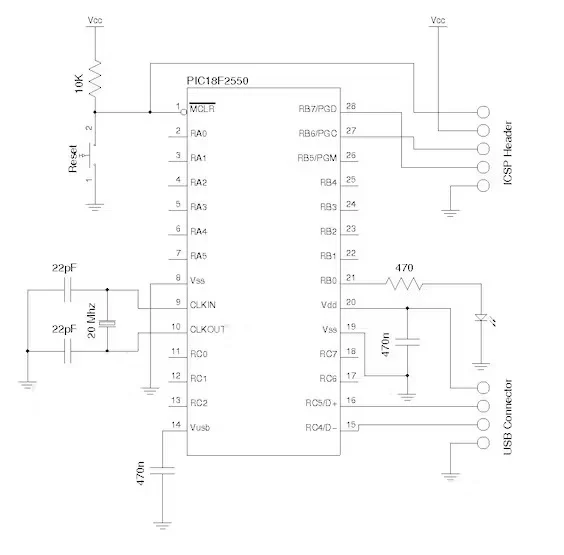This is a complete tutorial to make a PIC Microcontroller based Arduino.
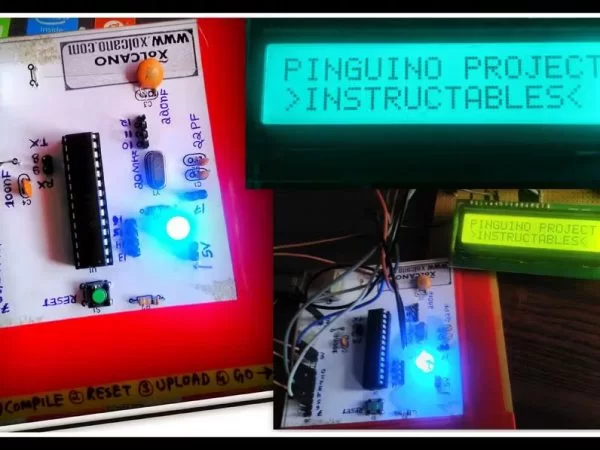
Step 1: Things Needed
- PIC18F2550 (28pin) x1
- Crystal 20Mhz x1
- Capacitor -22pf x2
- Resistor 470ohm x2
- USB B type PCB mount x1
- Capacitor 220nf x1
- Jumpers (a few)
- LED x1 or 2
- Push button
- Resistor 10K ohm x1
Step 2: Circuit Diagram for Pinguino Board
Connect all the components as shown in the circuit diagram on Breadboard or you can make your own PCB board, here I used Breadboard for my project.
Step 3: Downloading PINGUINO IDE
Download Pinguino IDE from this website: http://www.pinguino.cc/download.php
Step 4: Download Bootloader File!
https://github.com/PinguinoIDE/pinguino-bootloader…
Step 5: I used PICKIT2 which I Purchased it from Amazon
https://electrosome.com/pickit2/
Here we just need to put microcontroller on to the ZIF socket and connect it to PC, open PICKIT2 software and upload the code.
NOTE: If you are using standard PICKIT2 then follow next step!
Step 6: How to use PICKIT2 to Upload HEX file to the PIC microcontroller
Download PICKIT2 software here: http://pickit2.software.informer.com/download/
Download PDF from Microchip on uploading HEX file to PIC microcontroller using PICKIT2: http://ww1.microchip.com/downloads/en/DeviceDoc/PI…
PICkit is a family of programmers for PIC microcontrollers made by Microchip Technology. They are used to program and debug microcontrollers, as well as program EEPROM. Some models also feature logic analyzer and serial communications (UART) tool. The PICkit 2 — introduced in May 2005 — replaced the PICkit 1. The most notable difference between the two is that the PICkit 2 has a separate programmer/debugger unit which plugs into the board carrying the chip to be programmed, whereas the PICkit 1 was a single unit.
This makes it possible to use the programmer with a custom circuit board via an In Circuit Serial Programming (ICSP) header. This feature is not intended for so-called “production” programming, however. The PICkit 2 uses an internal PIC18F2550 with Full Speed USB. The latest PICkit 2 firmware allows the user to program and debug most of the 8 and 16 bit PIC micro and dsPIC members of the Microchip product line.
More info from this website: https://www.pantechsolutions.net/microcontroller-b…
Step 7: After Bootloading
Make Pinguino circuit and connect it to the computer through USB, upload Pinguino project drivers. You can download it from Pinguino official website and everything is ready to Code.
Step 8: Pinguino BLINK
void setup()
{
pinMode(USERLED, OUTPUT);
}
void loop()
{
digitalWrite(USERLED, LOW);
delay(50);
digitalWrite(USERLED, HIGH);
delay(50);
}
For more examples: http://wiki.pinguino.cc/index.php/6_ways_to_blink_…


